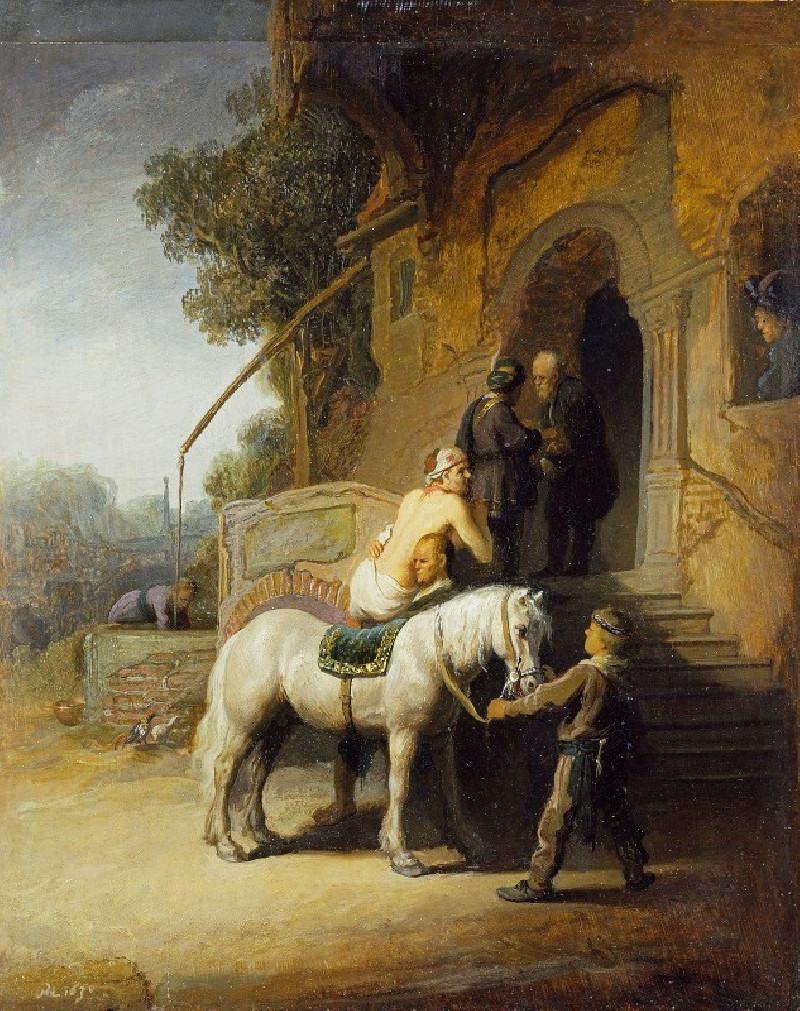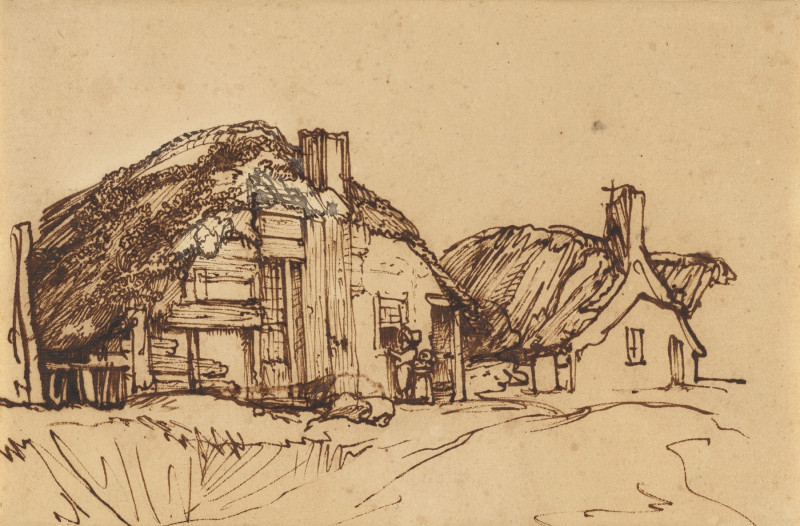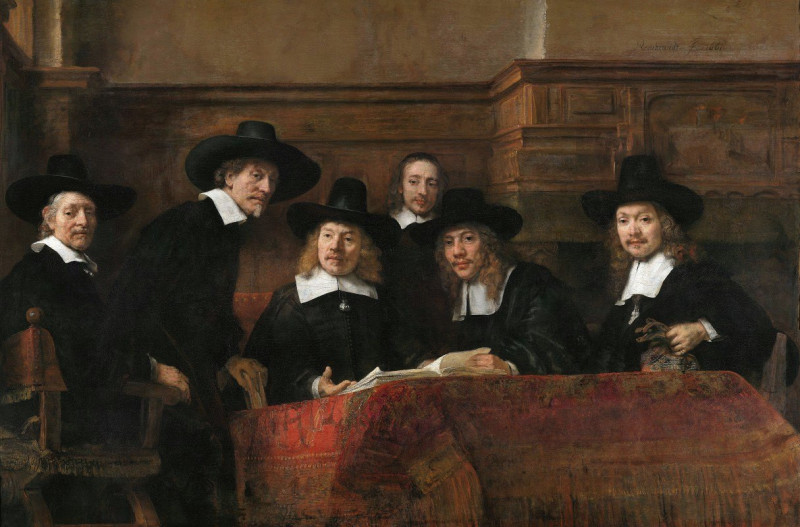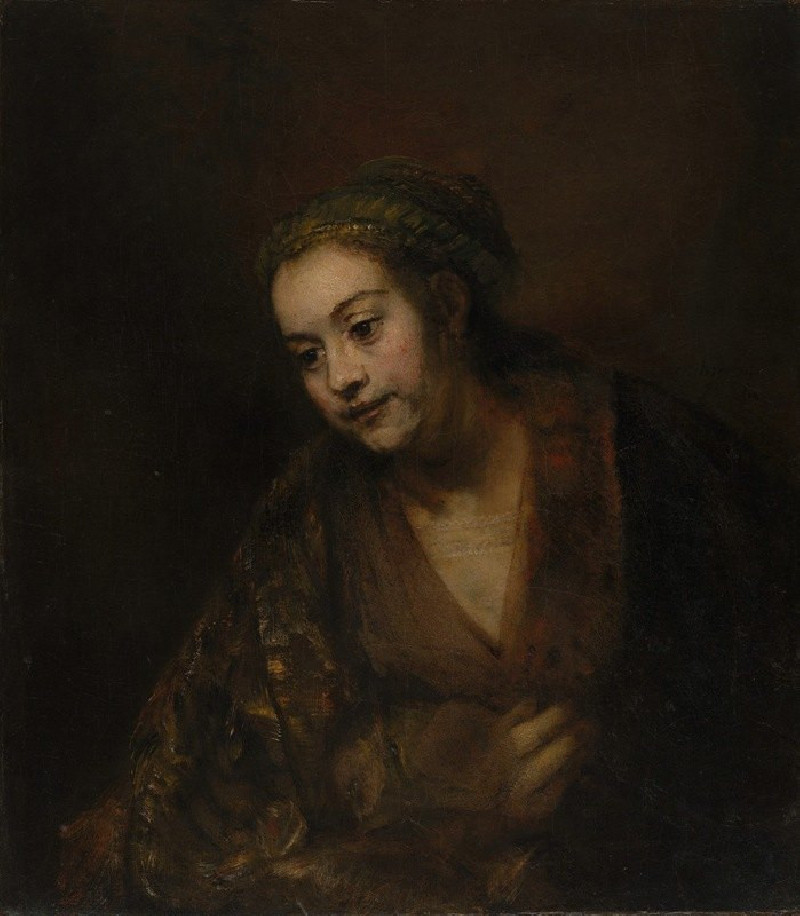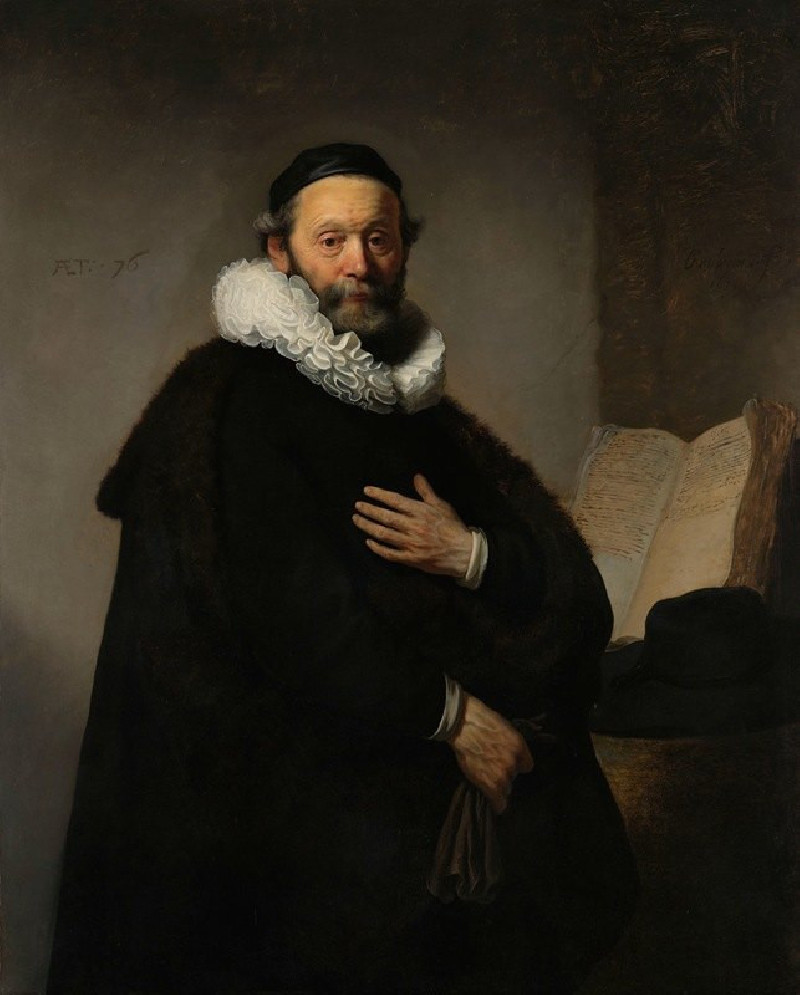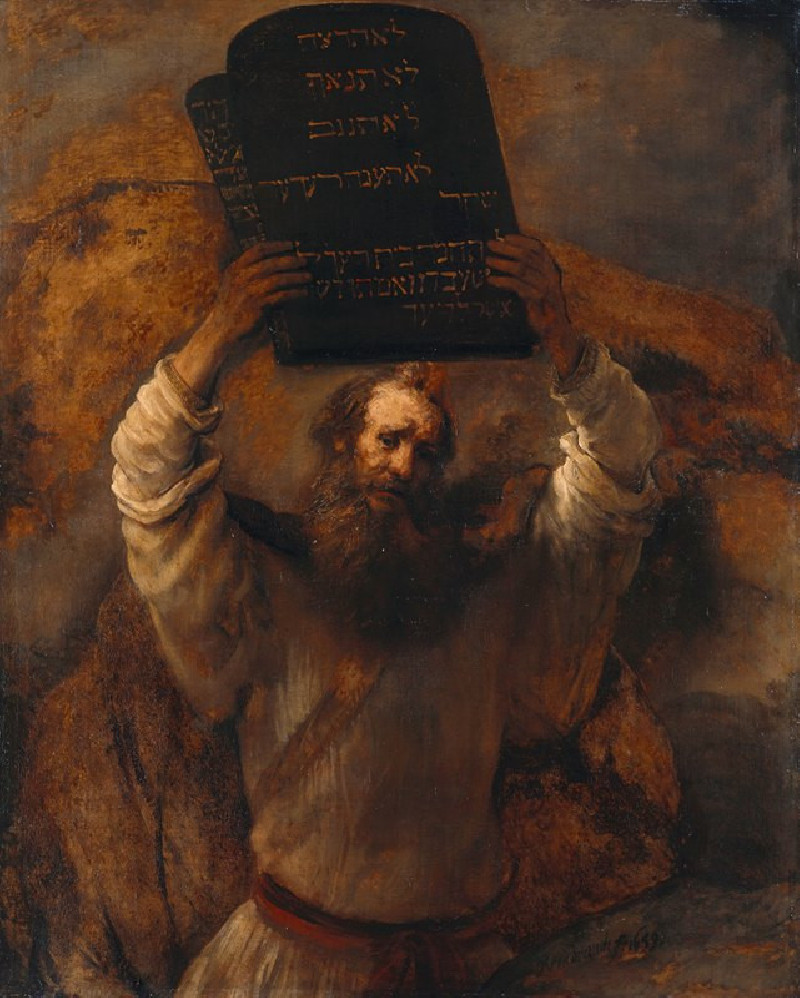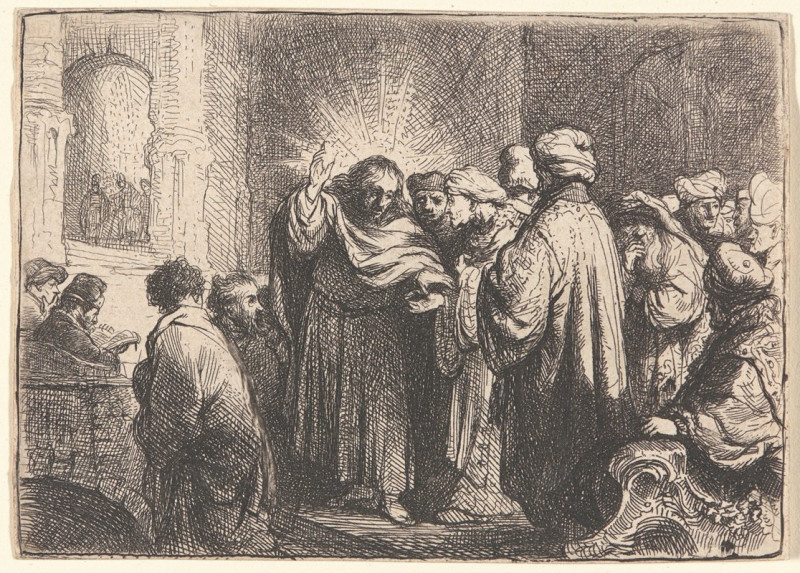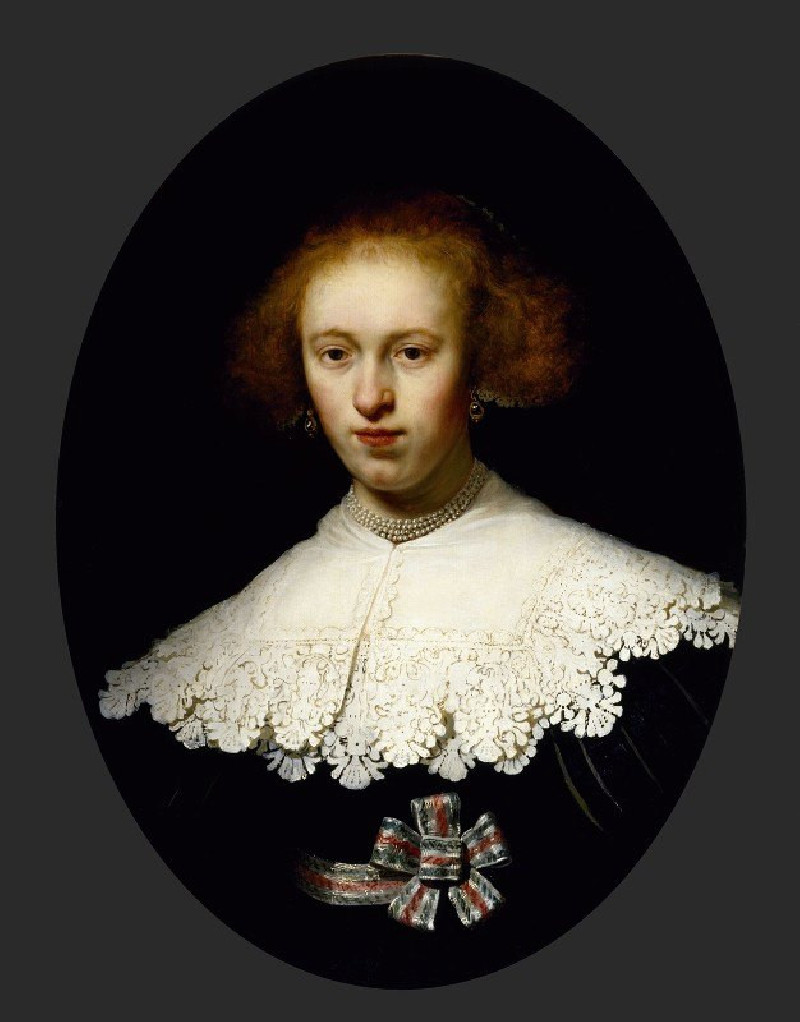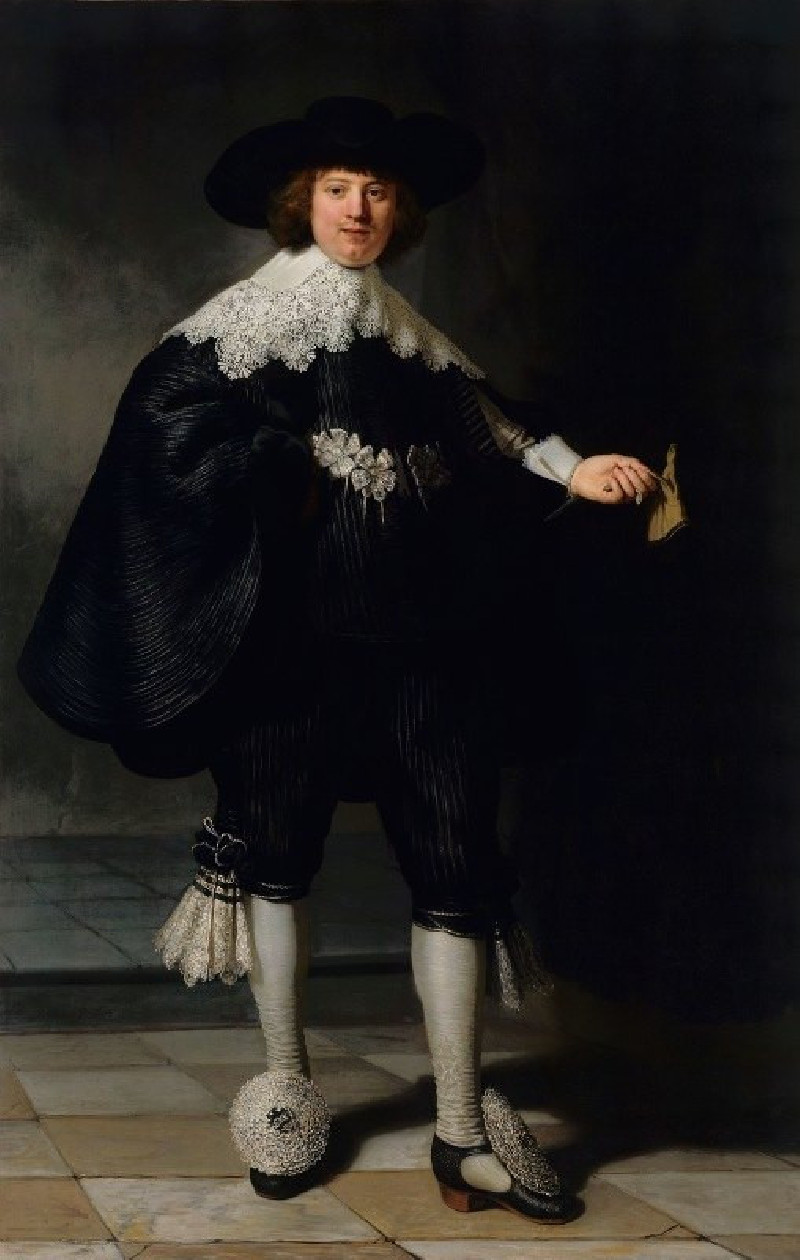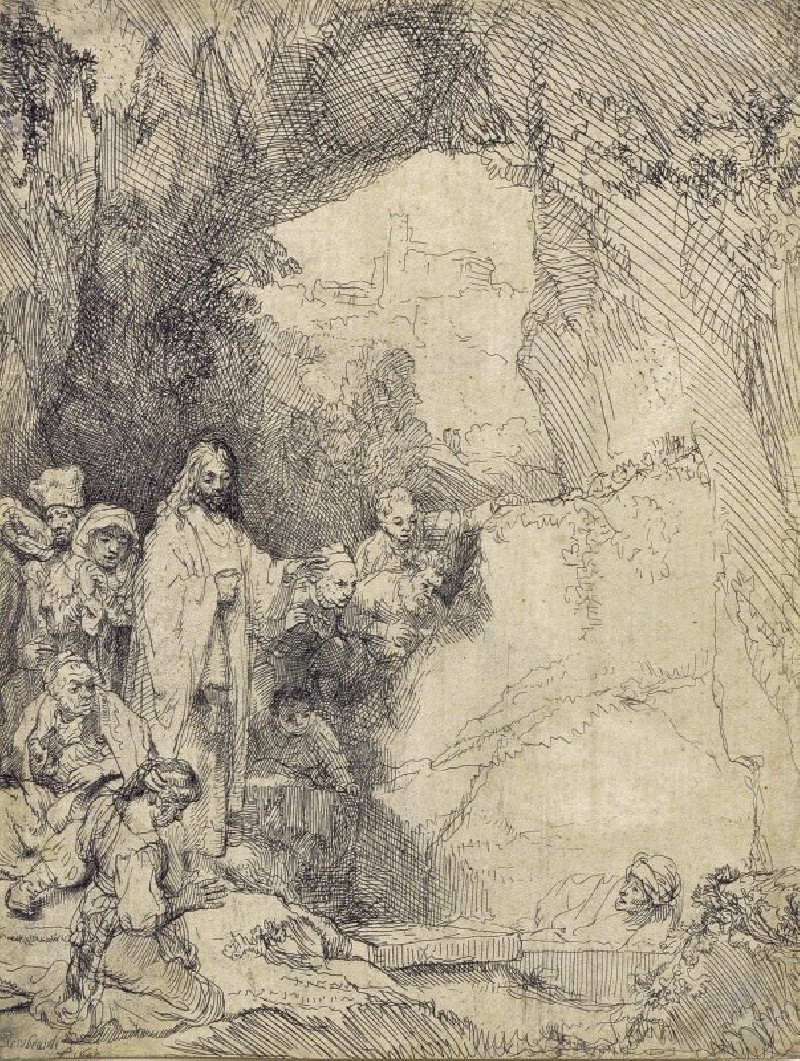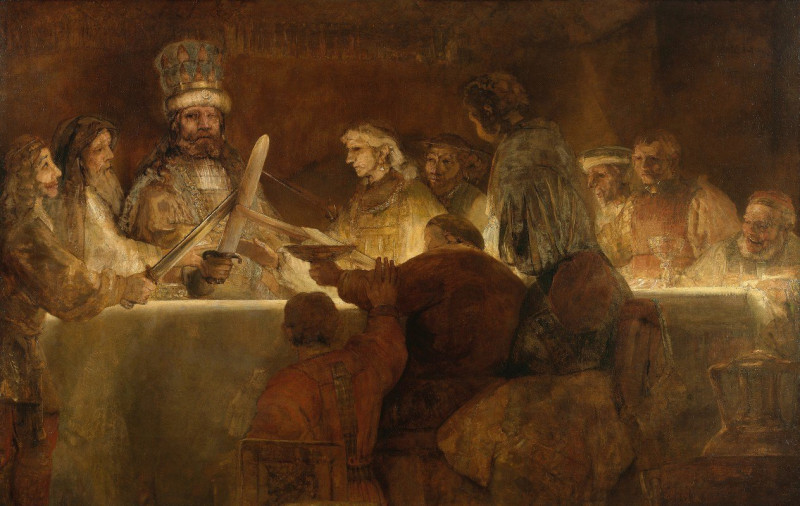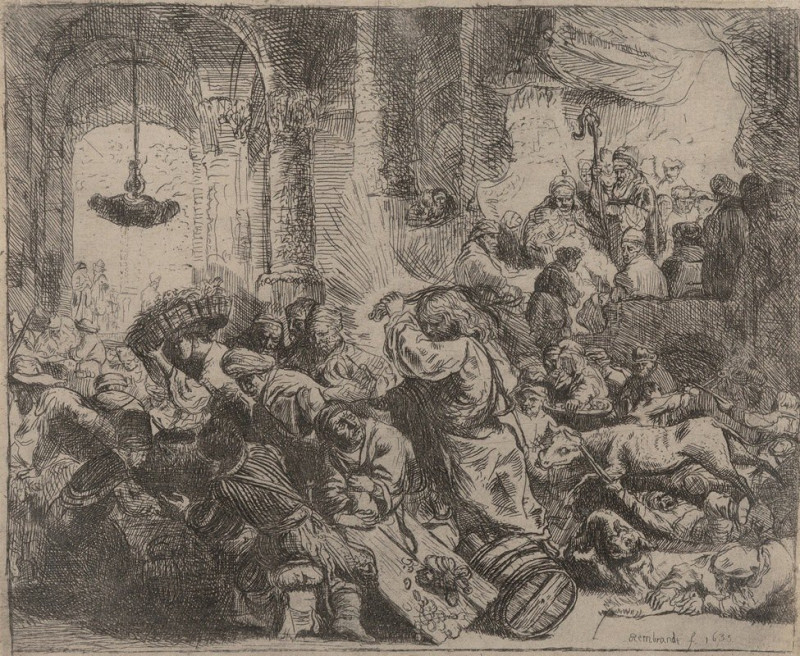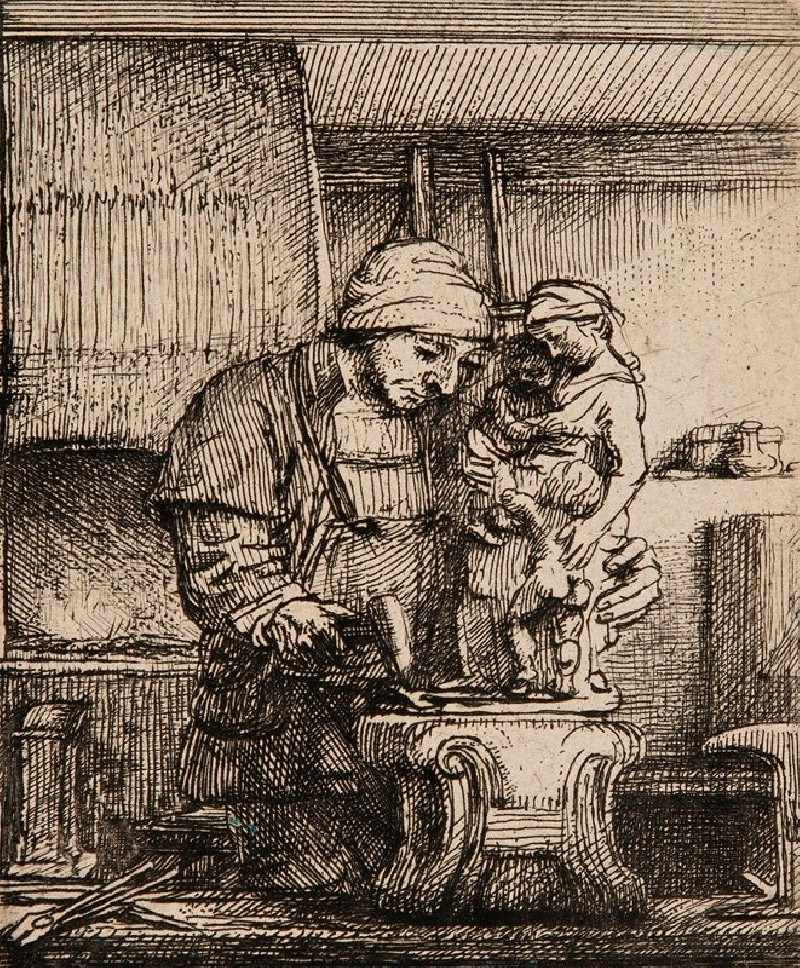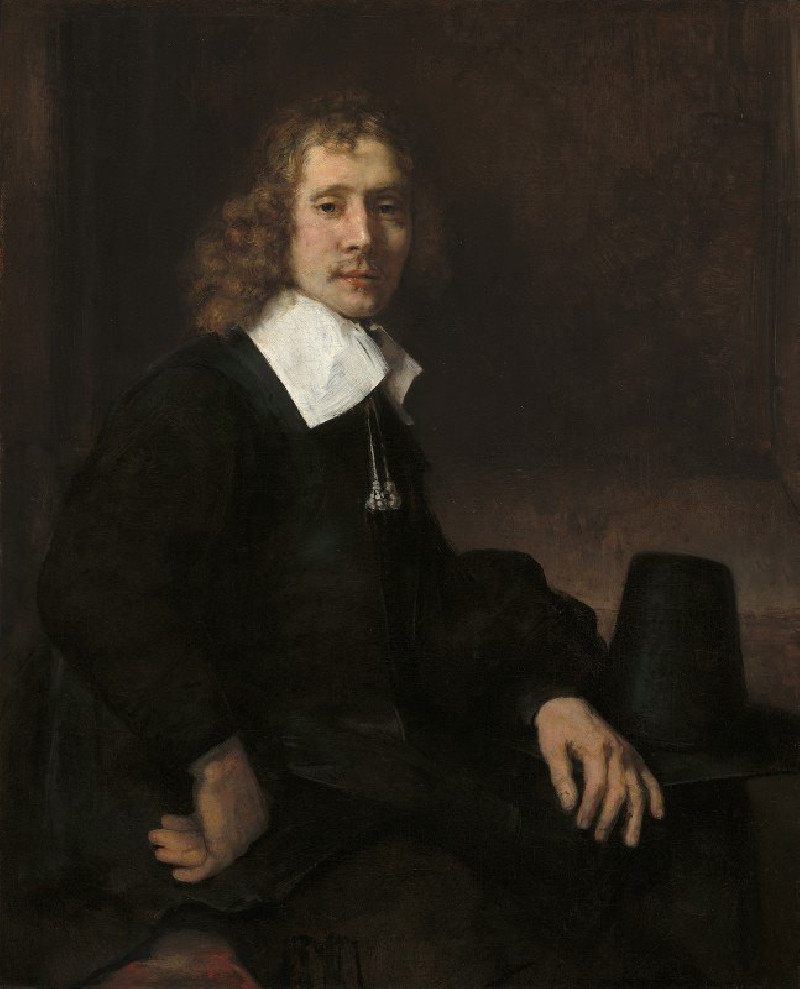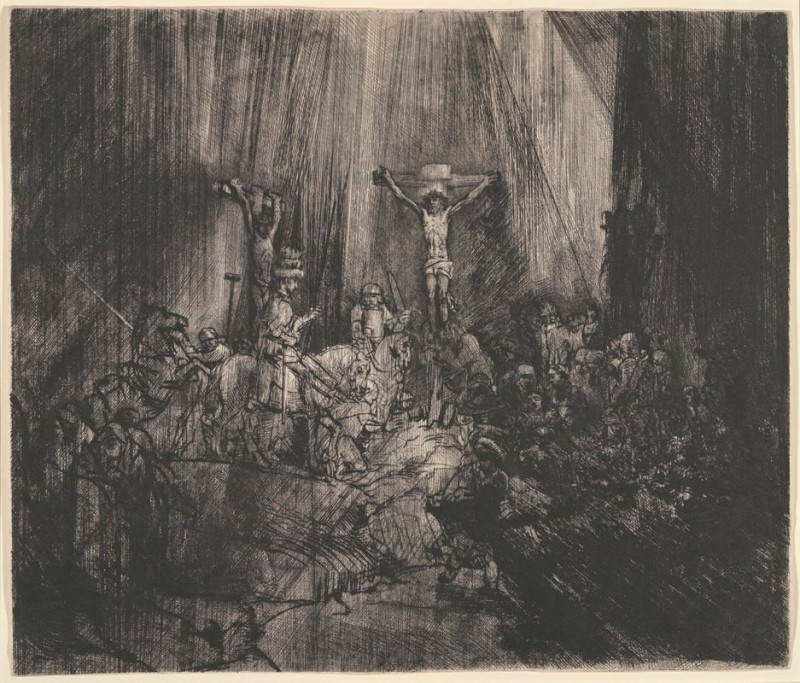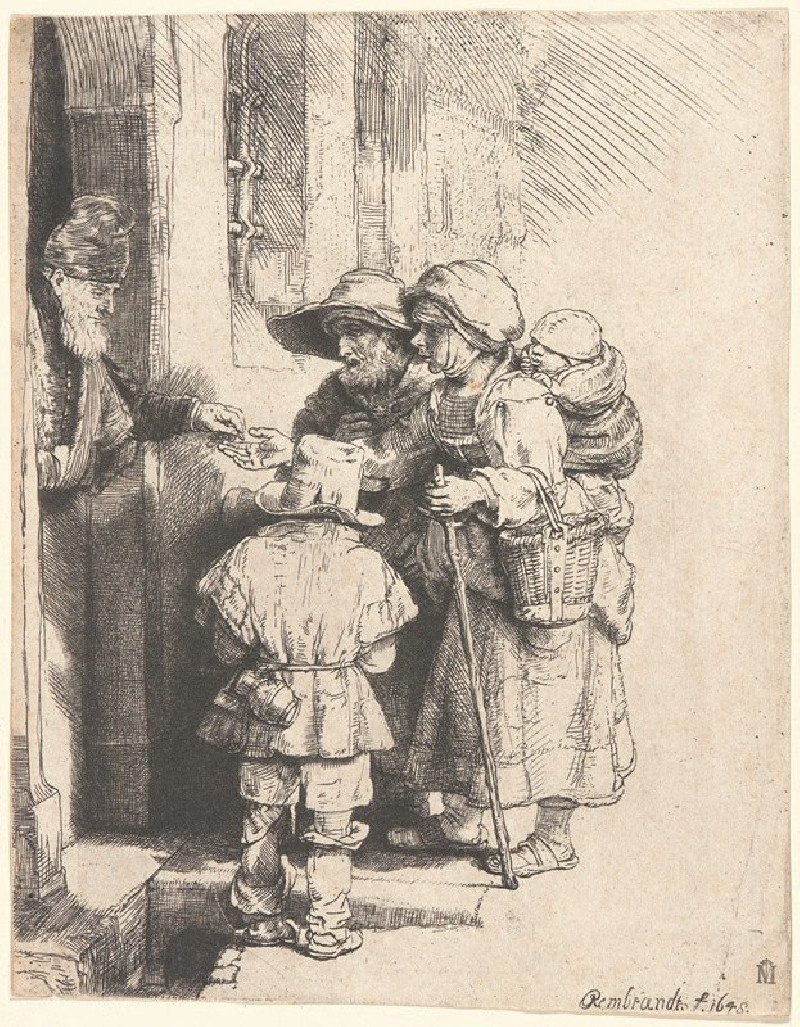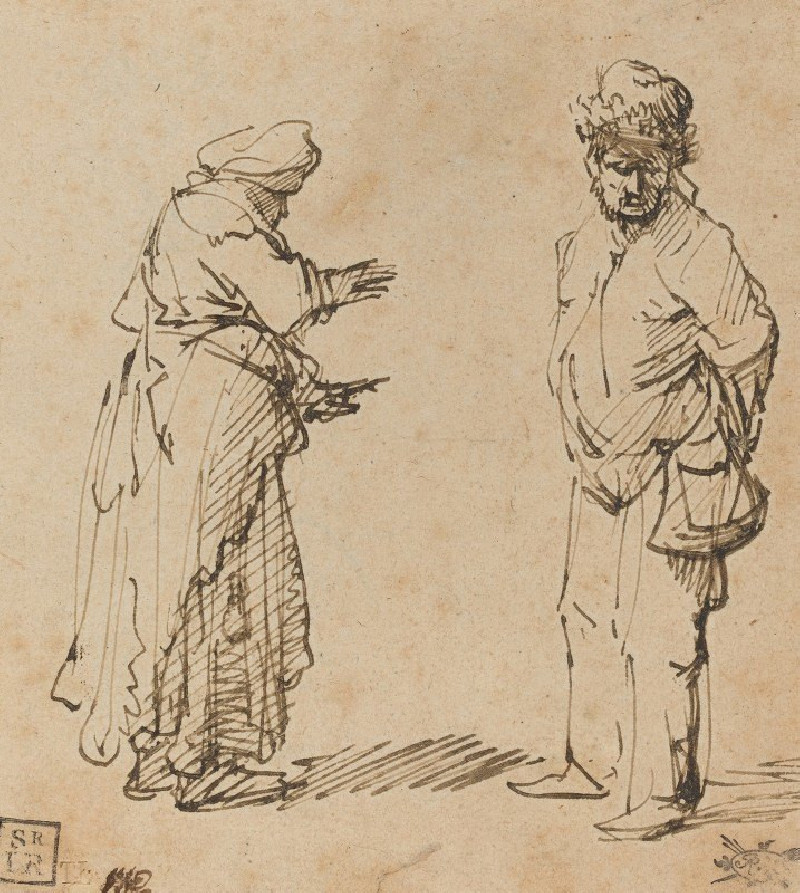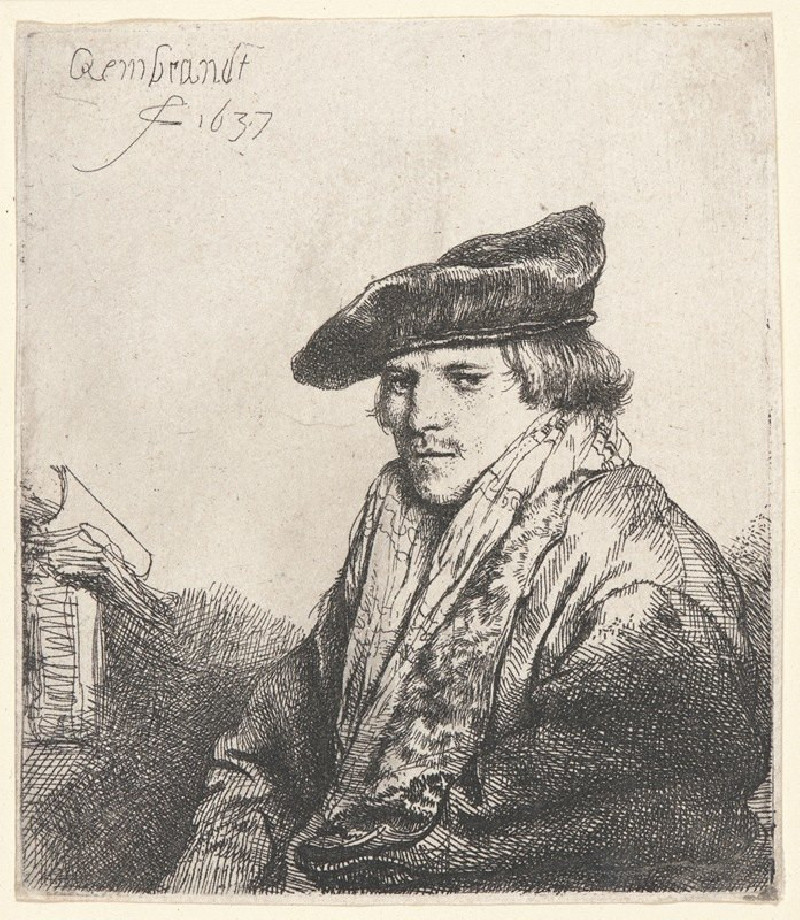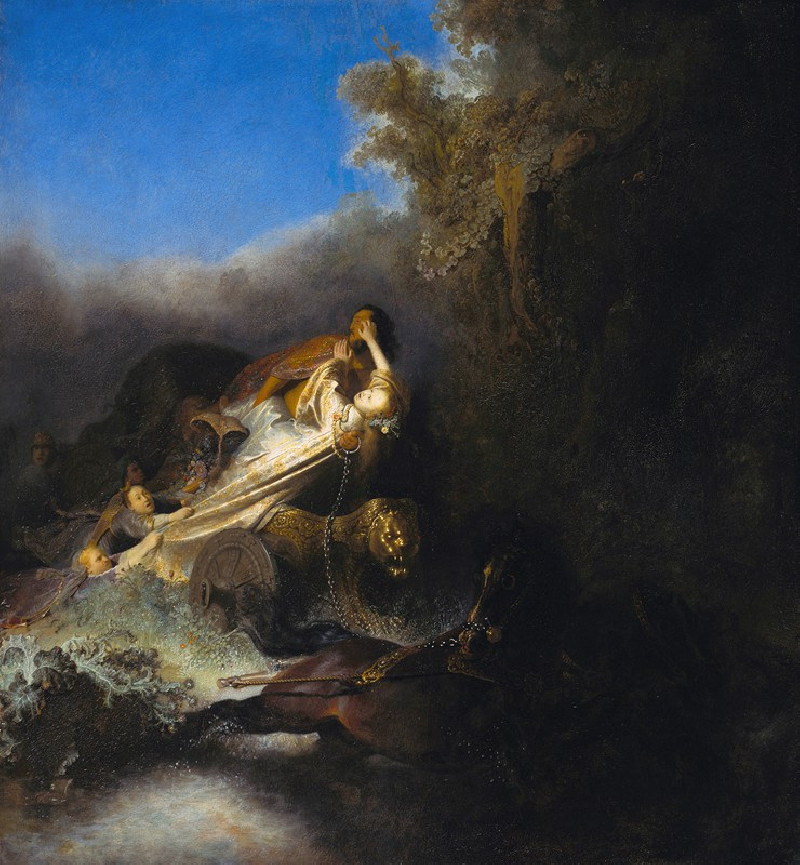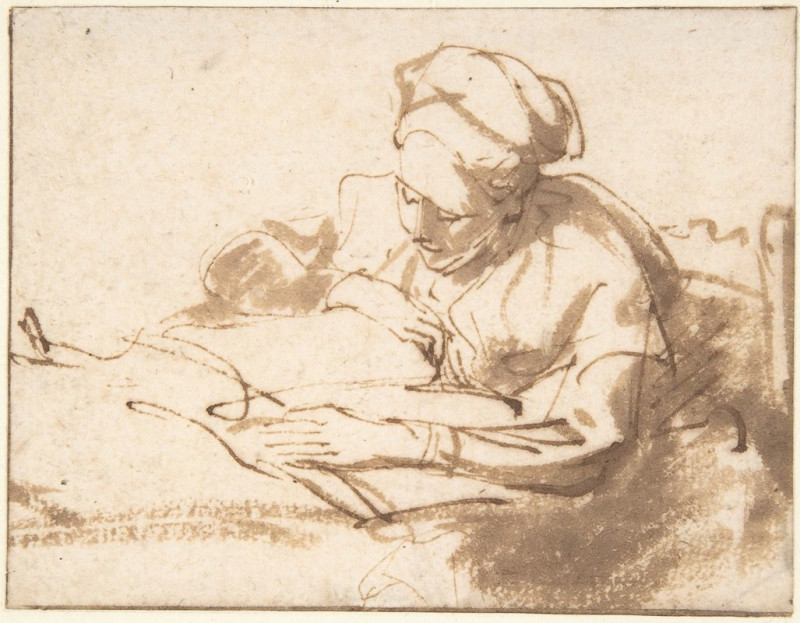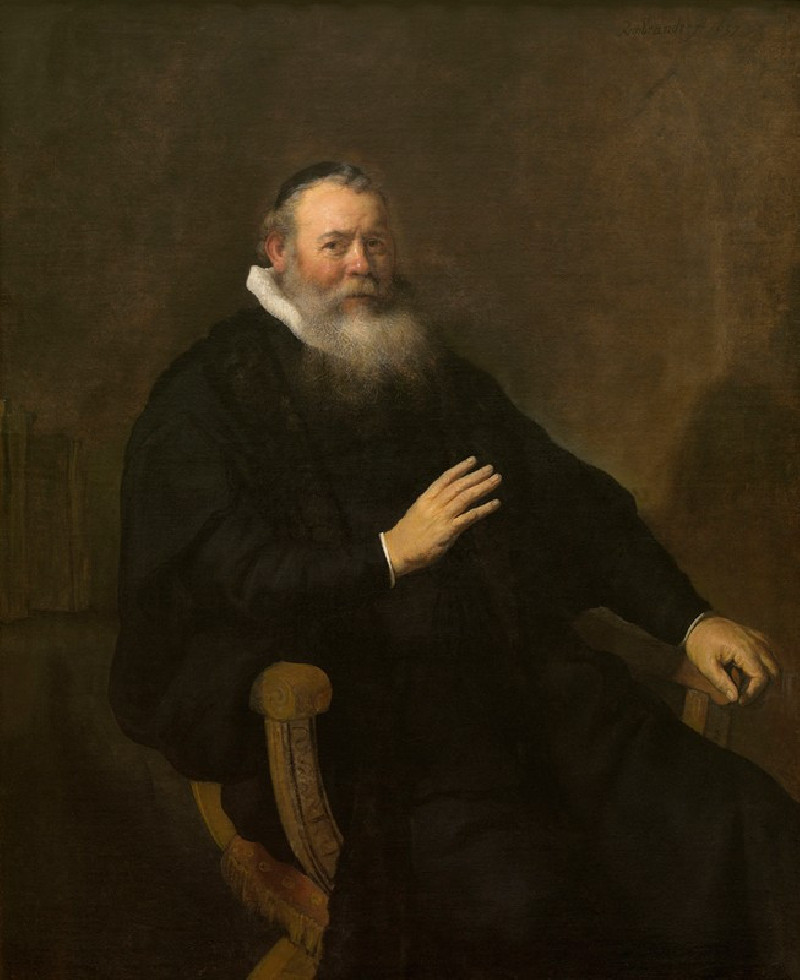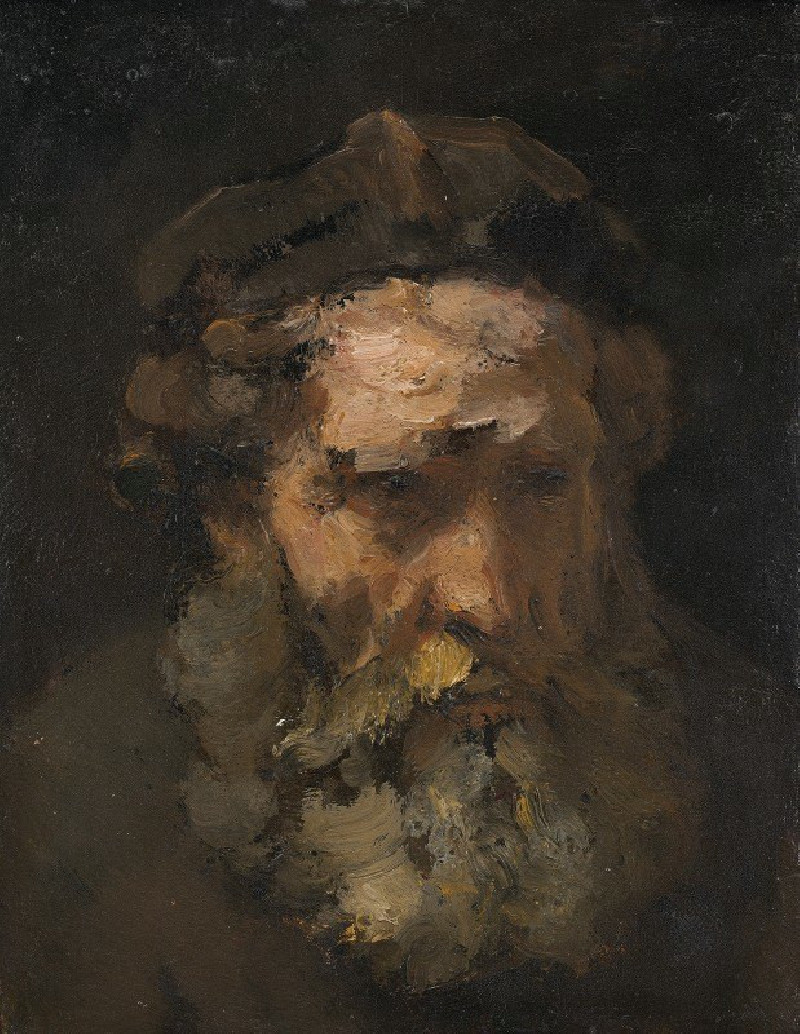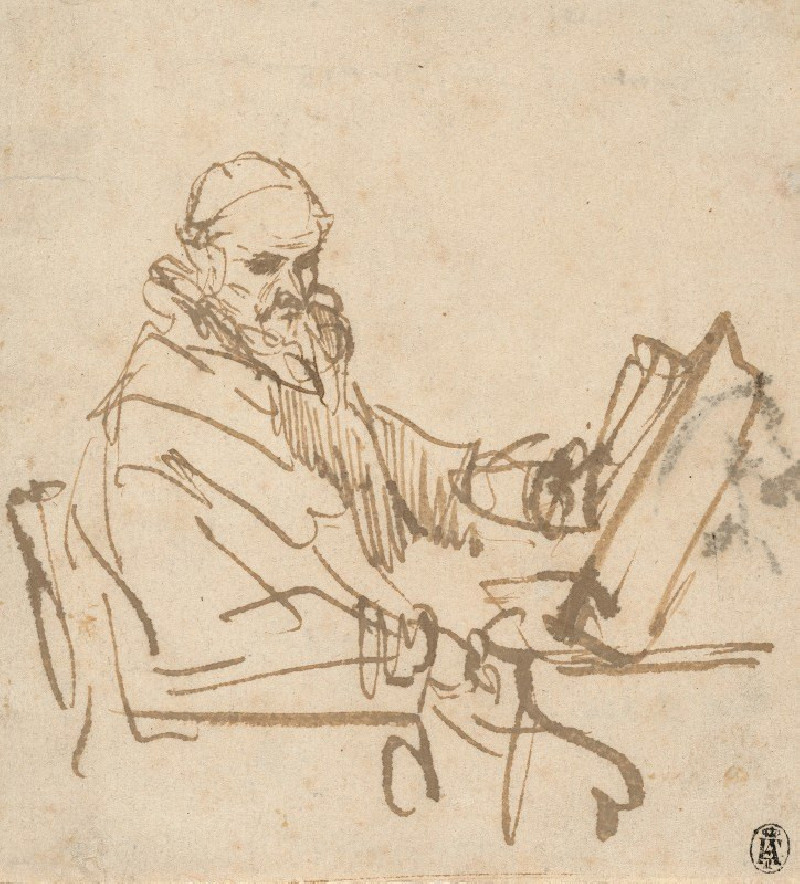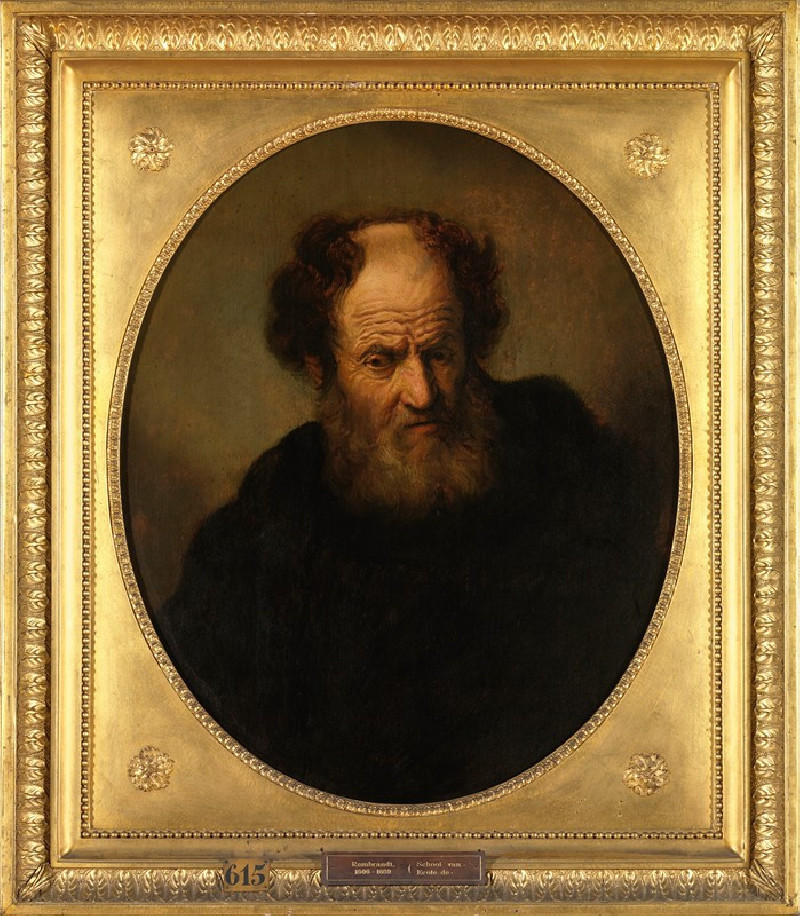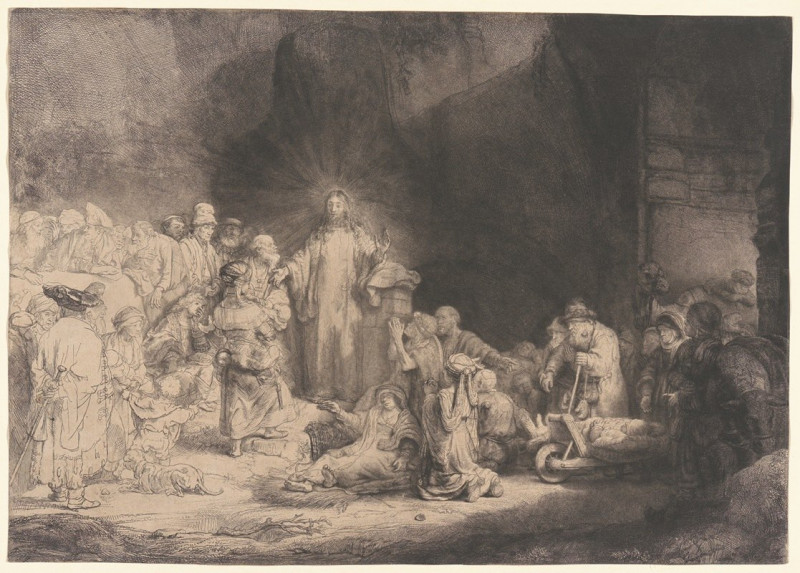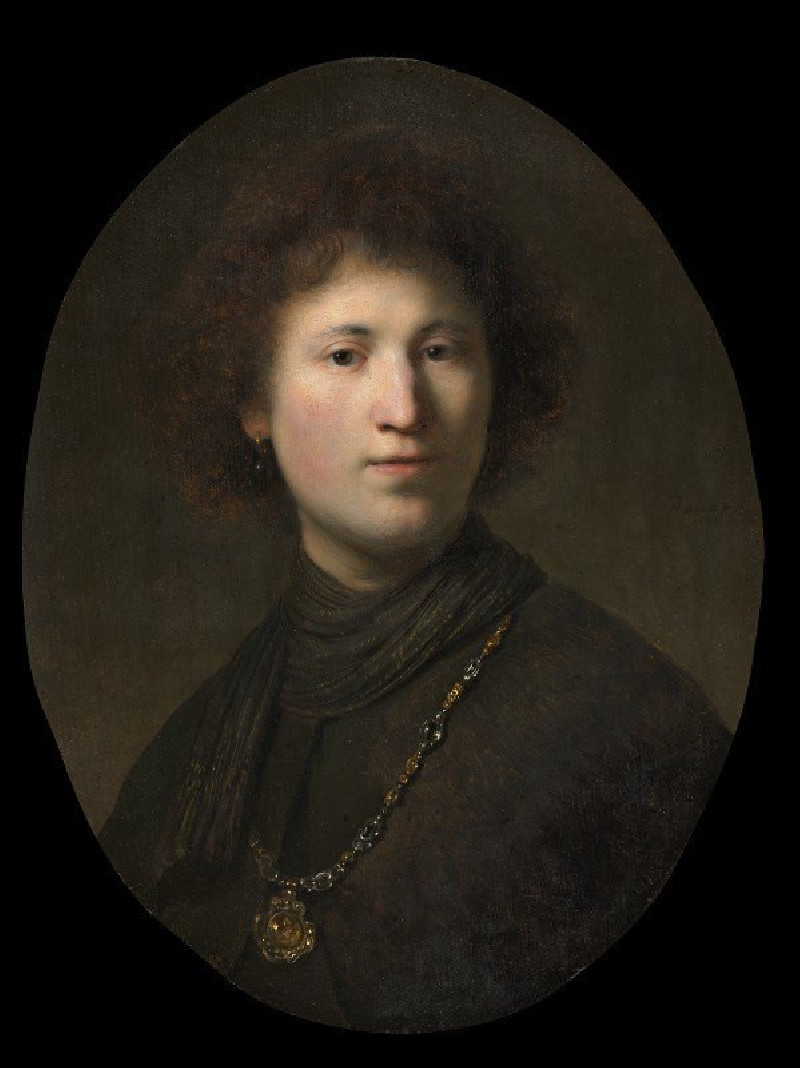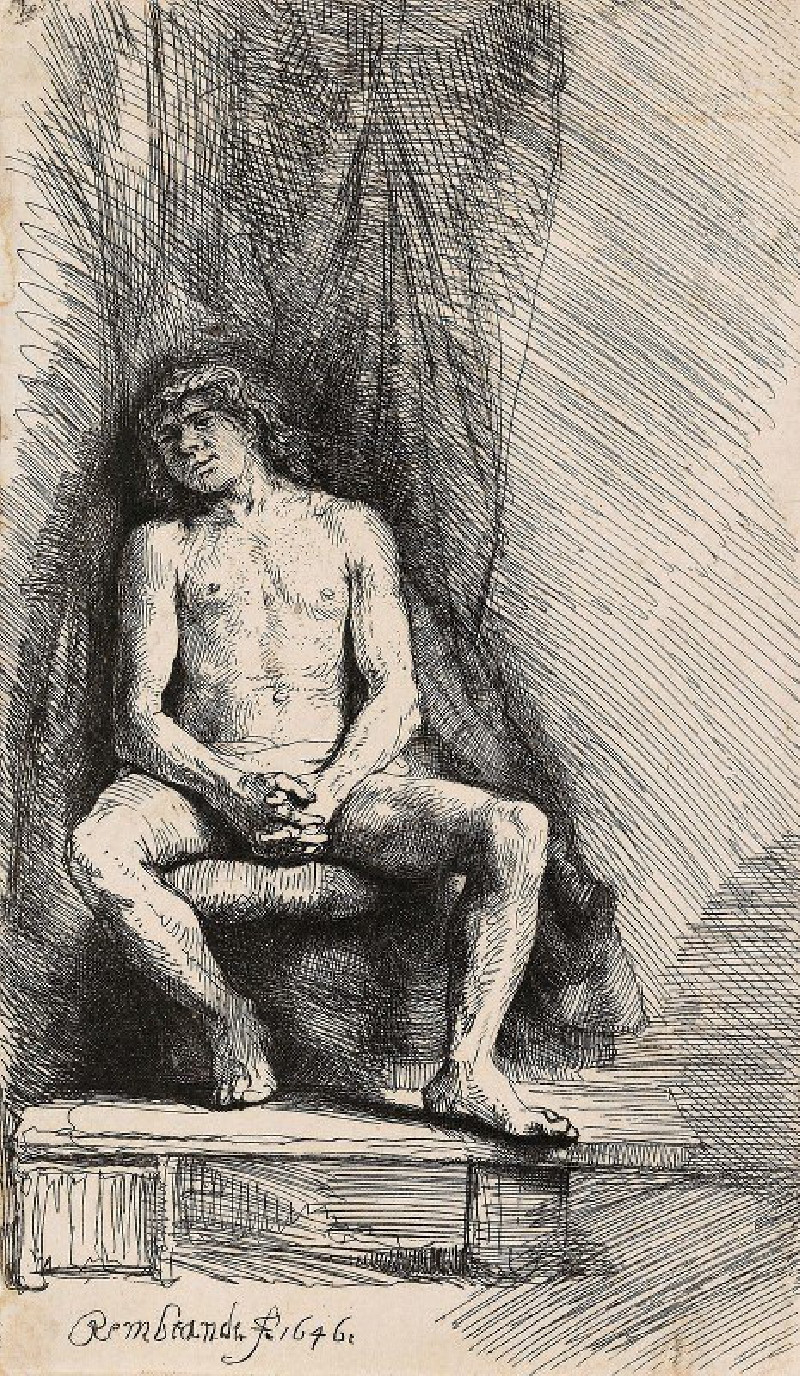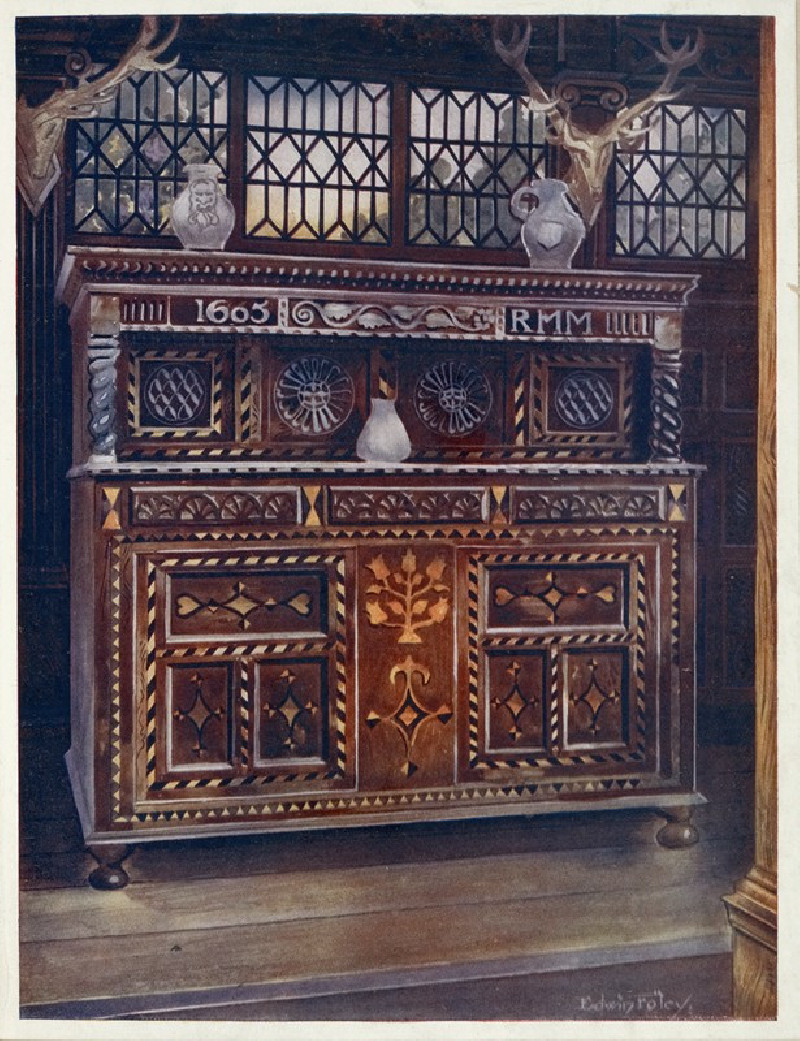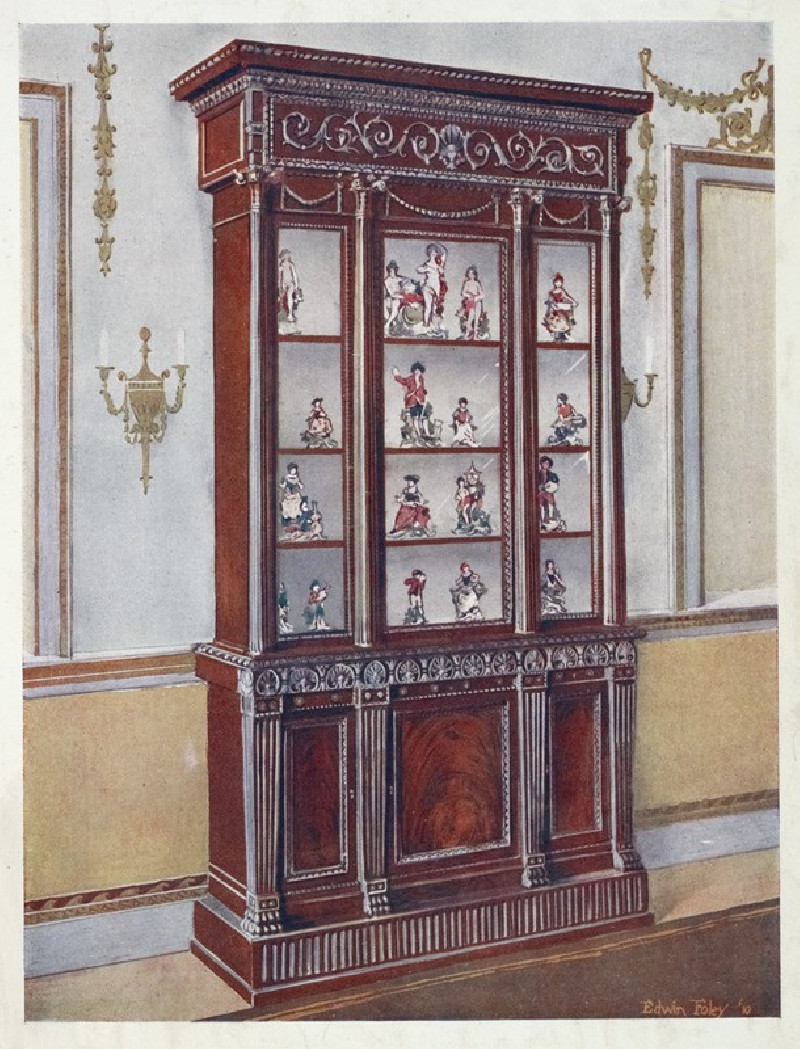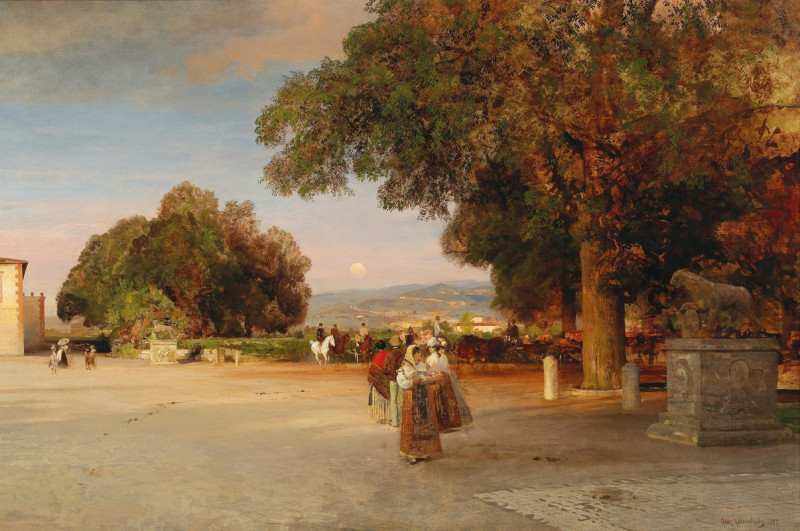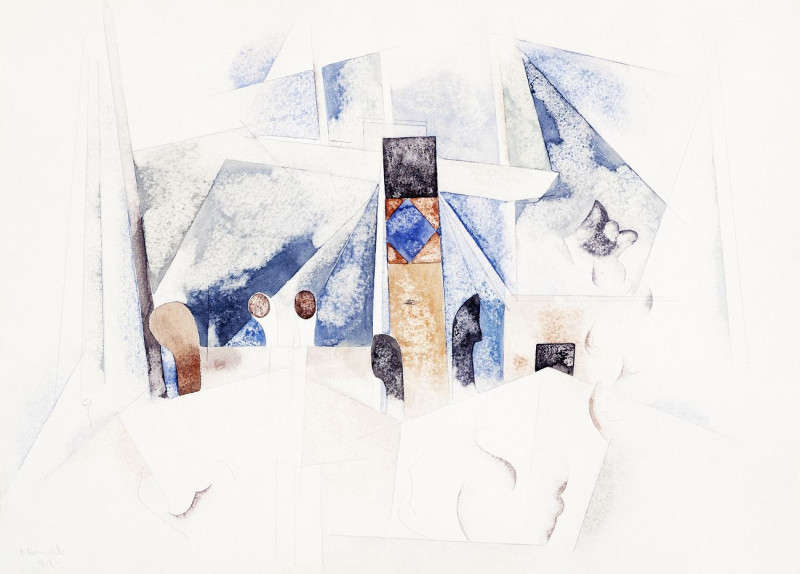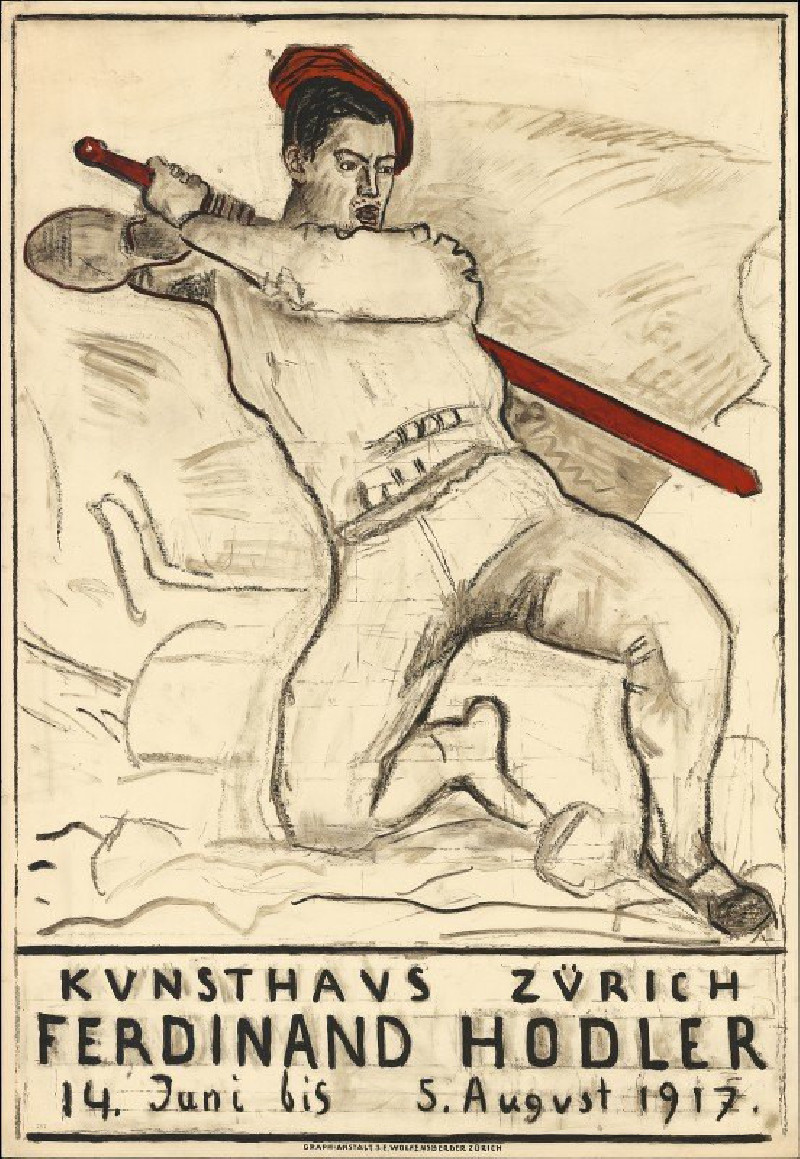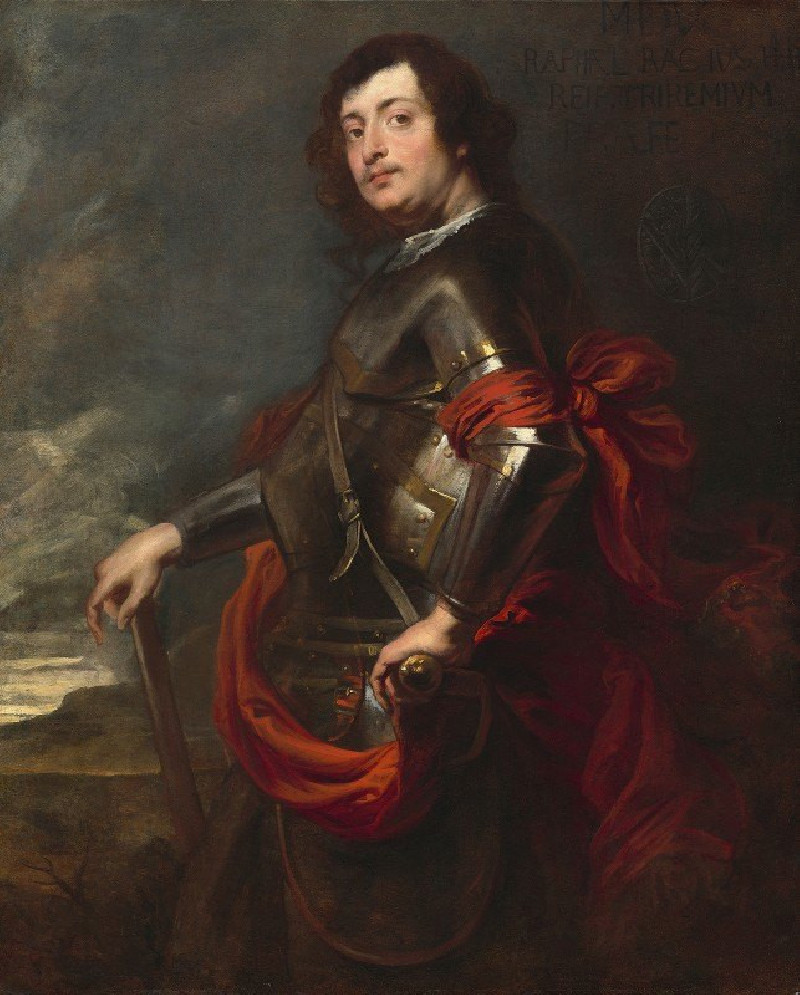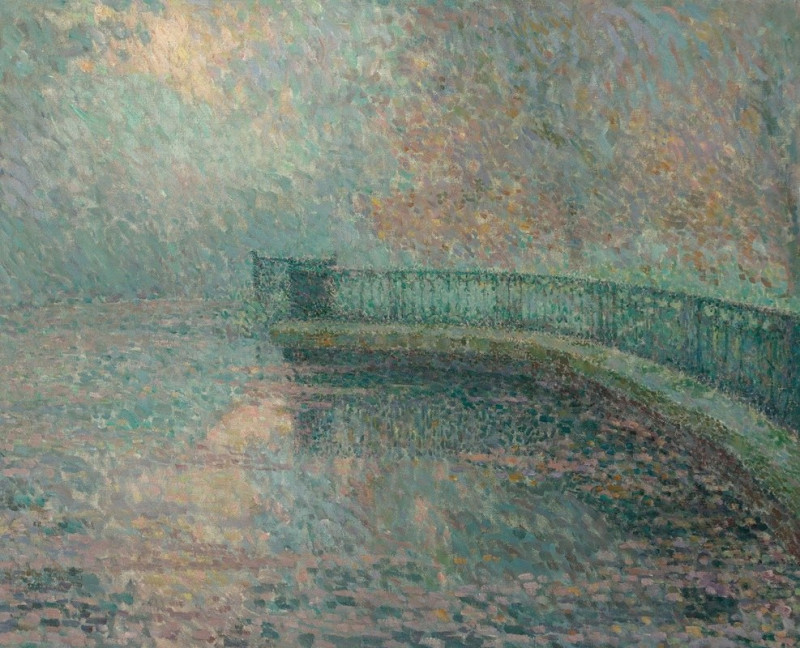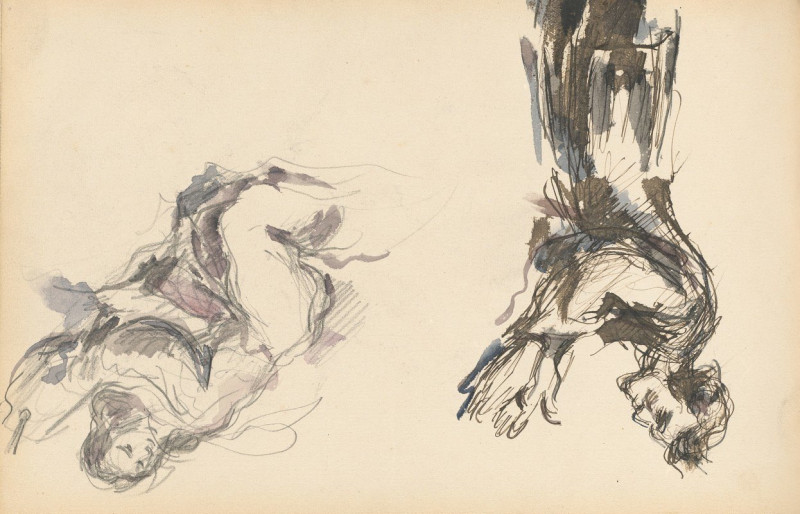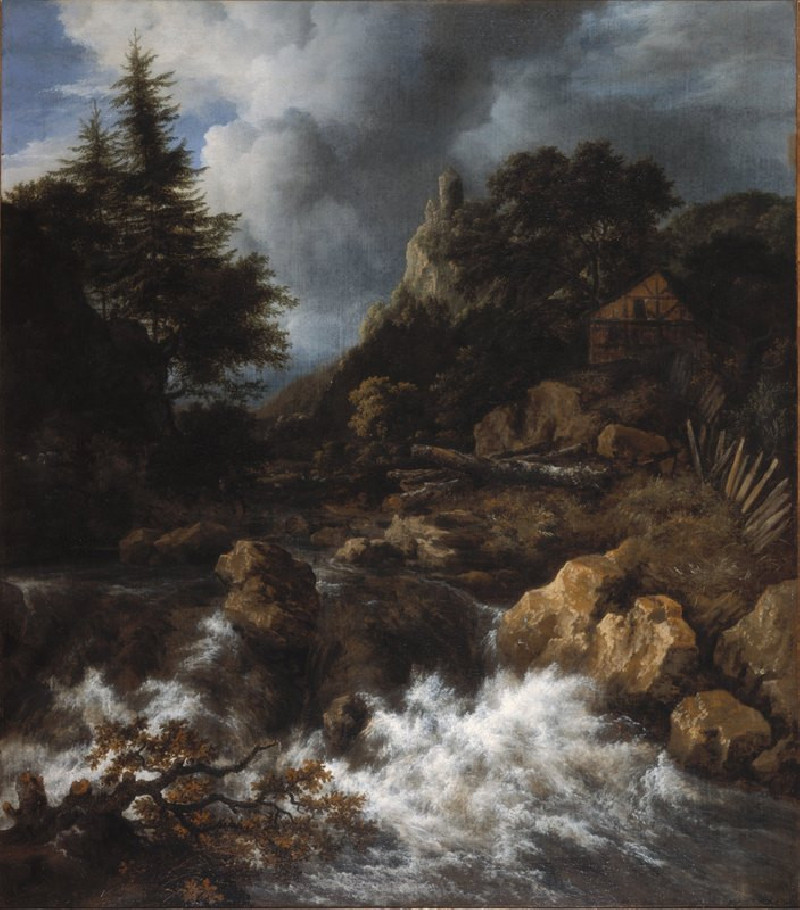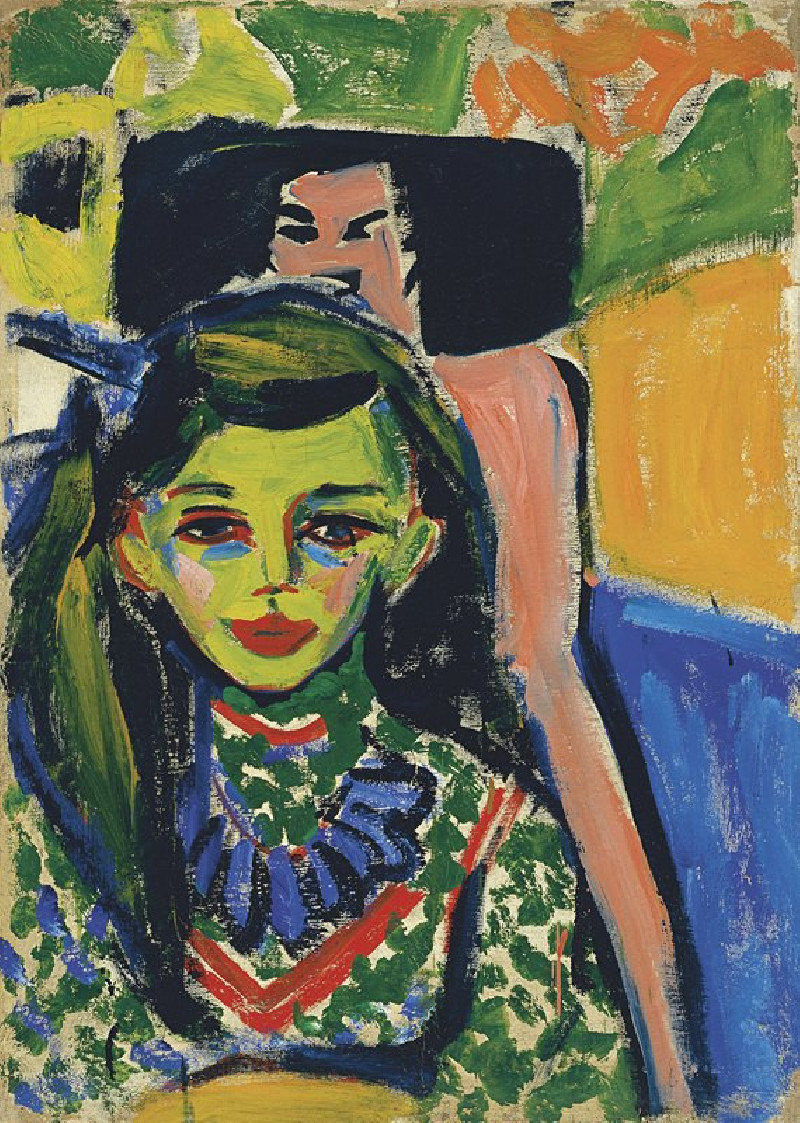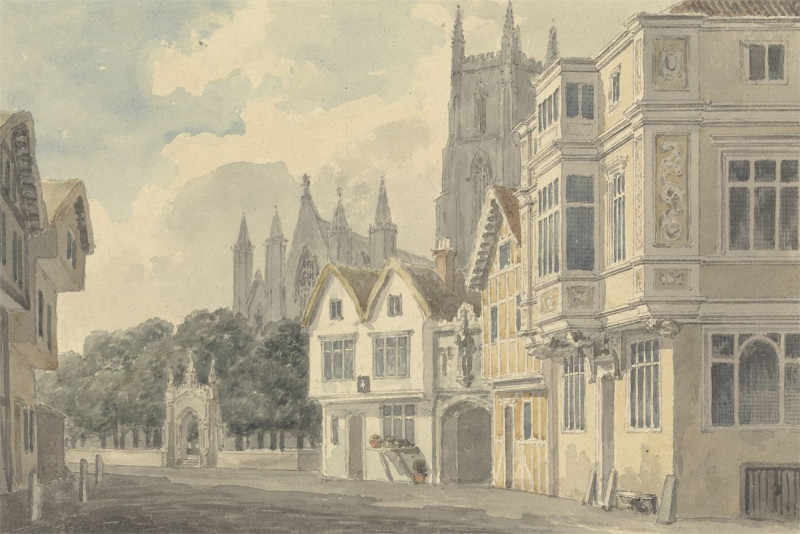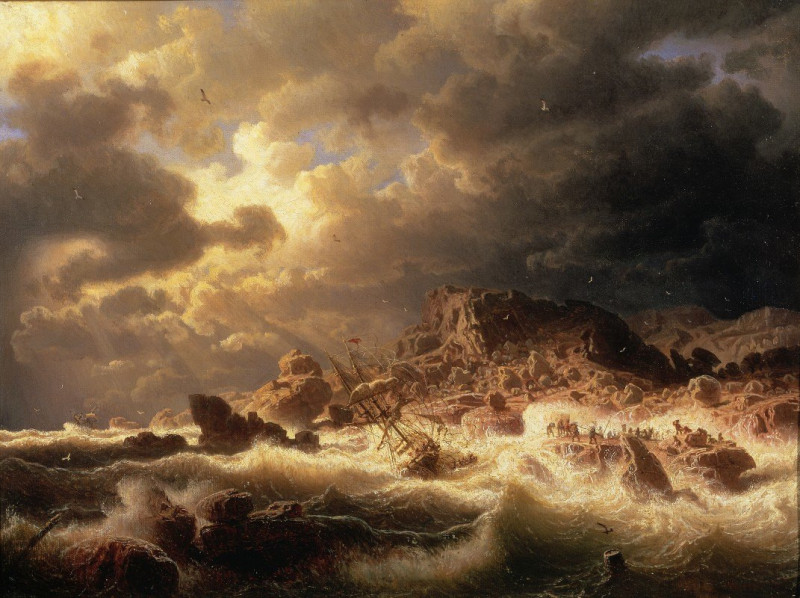The Good Samaritan (1630)
Technique: Giclée quality print
Recommended by our customers
More about this artwork
One of Rembrandt van Rijn’s profound works, "The Good Samaritan" (1630), is an artistic interpretation of the biblical parable from the Gospel of Luke, which emphasizes the themes of compassion and mercy. This oil painting presents a scene filled with human emotion and rich detail, characteristic of Rembrandt's unique style.The painting depicts the moment when the Good Samaritan brings the wounded man to an inn, seeking help for him. The Samaritan, who stands out in the foreground, is seen interacting with the innkeeper. Amidst this interaction, the wounded man, stripped of clothing and bandaged, is hunched over the back of a white horse, symbolizing purity and salvation. The inn itself, placed in the background, casts shadows that accentuate the drama of the scenario.Each figure in the painting is rendered with meticulous attention to facial expressions and body language, conveying a narrative of urgent care and human kindness. The earthy tones and use of light not only highlight the central figures but also create a somber, yet hopeful atmosphere.Rembrandt’s masterful use of chiaroscuro enhances the emotional depth of the scene, inviting viewers to reflect on the moral lesson of the parable—the universal call to aid those in distress, regardless of their identity.
Delivery
Returns
Rembrandt Harmenszoon van Rijn was a Dutch draughtsman, painter, and printmaker. An innovative and prolific master in three media, he is generally considered one of the greatest visual artists in the history of art and the most important in Dutch art history. Unlike most Dutch masters of the 17th century, Rembrandt's works depict a wide range of style and subject matter, from portraits and self-portraits to landscapes, genre scenes, allegorical and historical scenes, and biblical and mythological themes as well as animal studies.

